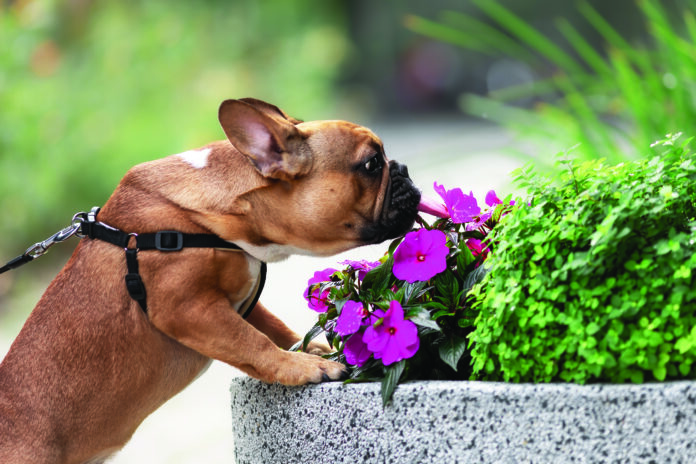SOURCE: washingtonpost.com (edited)
Skipping your dog’s walk is a bigger deal than you think. For dogs, only hanging out in their backyard is like reading the same book again and again. Although having a fenced area for your dog to exercise is excellent and can also keep them from getting loose unintentionally, it can lead to the unfortunate temptation to make that the only place your dog gets to stretch its legs.
Skipping Regular Walks
Having a place for your dog to take a quick pee break is great. According to experts however, if that becomes a lack of walking for your dog, not only will it make you feel guilty, it will significantly affect your dog’s emotional and physical well-being.
First of all, dogs don’t exercise by themselves, for the most part. The amount of exercise a dog needs varies based on age, breed and health, but virtually all dogs need exercise in some form. As the dog owner, making that happen is your responsibility.
The typical yard just doesn’t offer enough stimulation to prompt an adequate amount of movement. Unless you’re spending time playing with your dog, the dog is likely to just sit there because the space is familiar and doesn’t offer new scents and stimulation.
More than Exercise
This need for exercise, while crucial, isn’t even the most important reason to walk your dog. Without the walks, your dog is not getting companionship (from their human), and they’re not getting the mental stimulation that comes from seeing new things, or, from the point of view of a dog, sniffing new things.
According to one expert, dogs who don’t have these needs met are subject to some of the same effects of long-term chronic stress that people are. They can suffer from depression and anxiety, and develop problems with the immune system.
To help your dog get the most out of their walk, let them explore. Sniffing is the way that dogs experience the world. Where humans have 6 million olfactory receptors, research shows dogs can have up to 300 million; it’s how they acquire information about their environment and communicate.
Prioritize the Dog’s Needs
Too often, we hurry our dogs along during a walk, prioritizing our schedule over the dog’s interest in the world around them. It isn’t necessary that the dog walks obediently behind or beside us, or that they only stop to sniff when we grant permission. We need to allow the dog to pull off to the side and sniff whenever it wants, because that’s what they want to do on their walk.
It’s important to pay attention to what your dog is communicating and then help them meet their needs. After some amount of time, you can usher them to a new area to sniff, or you might even designate a portion of each walk just for sniffing and another portion for exercise. But above all, as the dog’s guardian, you need to follow the animal’s lead to maximize their benefit from their walk.
Safety Note: When walking your dog, always be aware if they pick something up and start eating it. Teach them to “leave it” or “drop it.” There are “bad actors” out there. On one of our trails recently a number of dog treats with fishing hooks stuck inside were found. Always manage your dog for safety.


